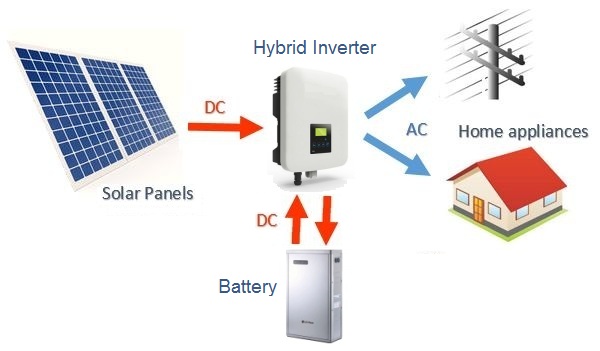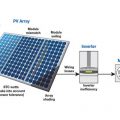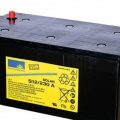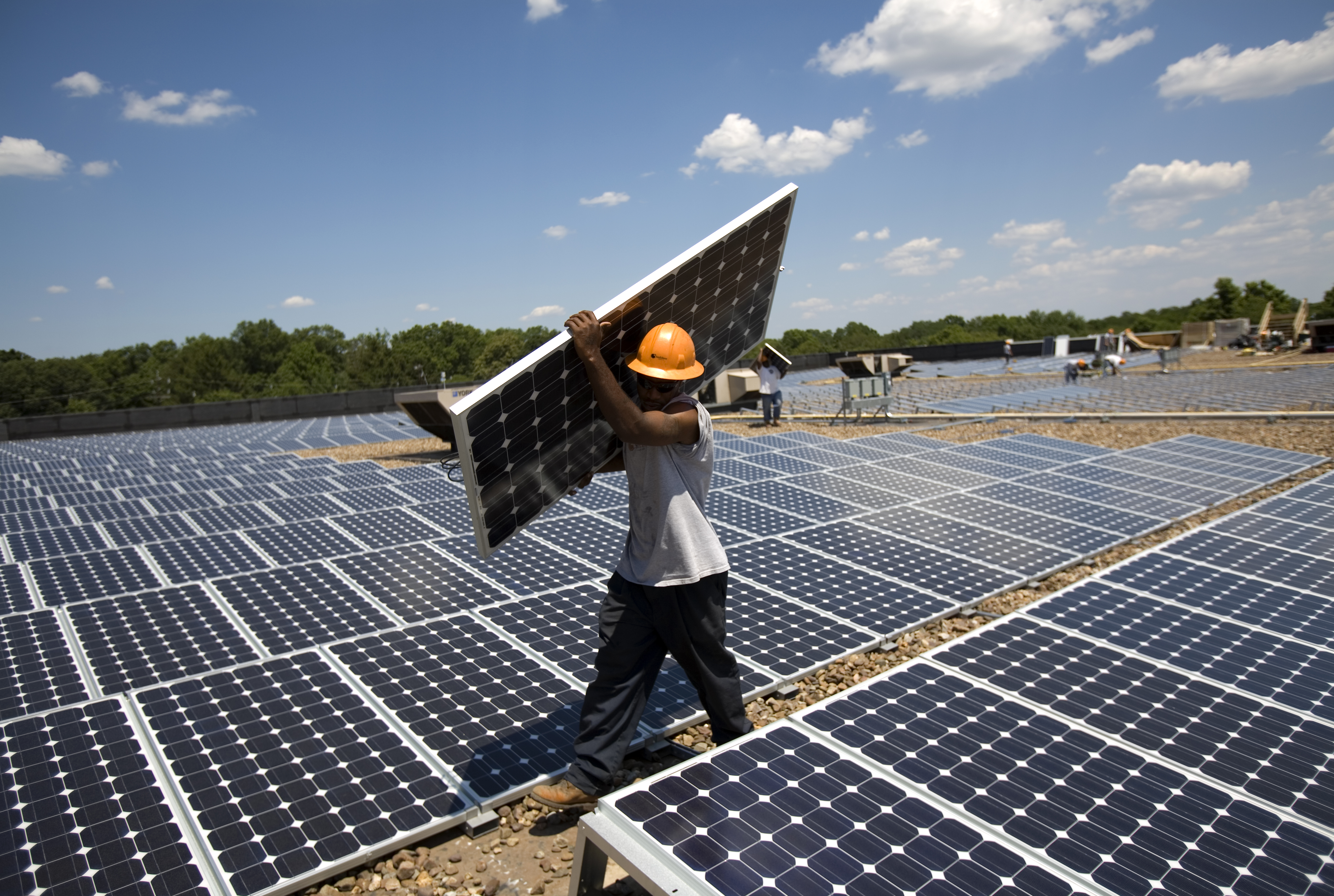- September 26, 2020
- Posted by: tech newsAfrica
- Category: Alternative Energy- Solar and Inverter, Others, Technologies

Solar energy calculation has been one of the hard part of solar installation, because this is the basis of any components you are to use for your installation, In other for you to get a perfect system for solar installation components, which are;
Solar panel,
Inverter
Battery
Charge controller
This calculation can be very easy once you understand the workability of the solar process. Now let’s begin, by breaking some of the fundamental things about the solar system calculation.
For the sake of convenience, let’s believe you possess a 100 watt appliance or load that you would like to operate, free of charge through solar power, for around ten hours every night.
In order to exactly determine the dimensions of the solar panel, batteries, charge controller and inverter the following mentioned parameters will need to be strictly calculated and configured.
Estimating Load Wattage
1) First you will need to estimate how much watts of electricity you may require for the specified load.
Let’s say you have a 100 watt load that needs to be operated for approximately 10 hours, in that case the total power required could be estimated simply by multiplying the load with hours, as given under
100 Watts x 10 hours = 1,000 Watt hours. This becomes the absolute power necessary from the panel.
Determining Approximate Solar Panel Dimension
2) Next, we need to determine the approximate dimensions of the solar panel for satisfying the above estimated load requirement. If we assume a roughly ten hour daily optimal sunshine, the specifications for the solar panel could be simply and quickly calculated as explained in the following expression:
1,000 Watt hours / 10 hours sunlight = 100 Watt solar panel.
However, you may notice that mostly during the summer seasons you may normally get around 10 hours of reasonable amount of sunshine, but the winter season may produce roughly around 4-5 hours of effective sunshine.
Contemplating the above scenario, you too might agree and recommend considering the worst possible sunshine hour into calculation so that even on the weakest of sunshines your load keeps running optimally.
Therefore taking into account the 4 to 5 hours sunshine per day consideration, we calculate the true power for the solar panel which would enable your load to keep running throughout the year .
1,000 Watt hours / 5 hours sunlight = 200 Watt solar panel.
Calculating Battery Ah
3) Once you have calculated the solar panel as per the above calculations, it’s time to calculate the AH rating for the batteries that might be required for operating the specified load under all conditions. If the selected battery is rated at 12V, in that case:
Dividing 1,000 Watt hours by 12 Volts = 83 Amp Hours of reserve battery power.
Let’s upgrade this value a little more with a 20% added tolerance, which finally gives a rounded up figure of around 100 AH. Hence, a 100AH 12V battery is what you may finally require for the inverter.
Evaluating Charger Controller Specifications
4) Now, to figure out how big your solar charge controller would need to be for the above calculated parameters, you might need to take your solar panel current or the Amperage specs into consideration, which may be simply gotten by dividing the panel’s wattage rating with its voltage rating (Ohms law remember?)
100 / 12 = 8.3 Amps.
We have so far applied a “plus tolerance” to all the previous parameters, so let’s show some generosity to the Amp spec of the panel also, and instead of sticking to the 8.3 amps limit, you might be happy raising the level to around 10 Amps? That looks good, right?
Assessing Inverter Specifications
5) Finally we boil down to the inverter specifications, and determine the reasonably exact capacity that would keep the unit compatible with the above discussed results, and keep the load running without issues, whenever required.
Well, calculating the inverter specs doesn’t look difficult at this point of the discussion.
Since we already know the maximum load wattage which is 100 Watts, implies that we simply choose an inverter which might be capable of handling a 100 watt comfortably.
That implies, we simply need to get an inverter rated at 100 watts,…. OK, you may be thinking of adding some tolerance to this candidate also, not an issue, instead of 100 watts you can opt for a 125 watt inverter, allowing all the gadgets to happily “shake-hands” and your house powered round the clock forever, free of cost.
So with the above simple procedure you can get more of your solar calculation done at easy.




